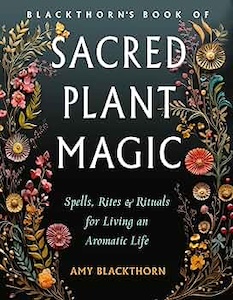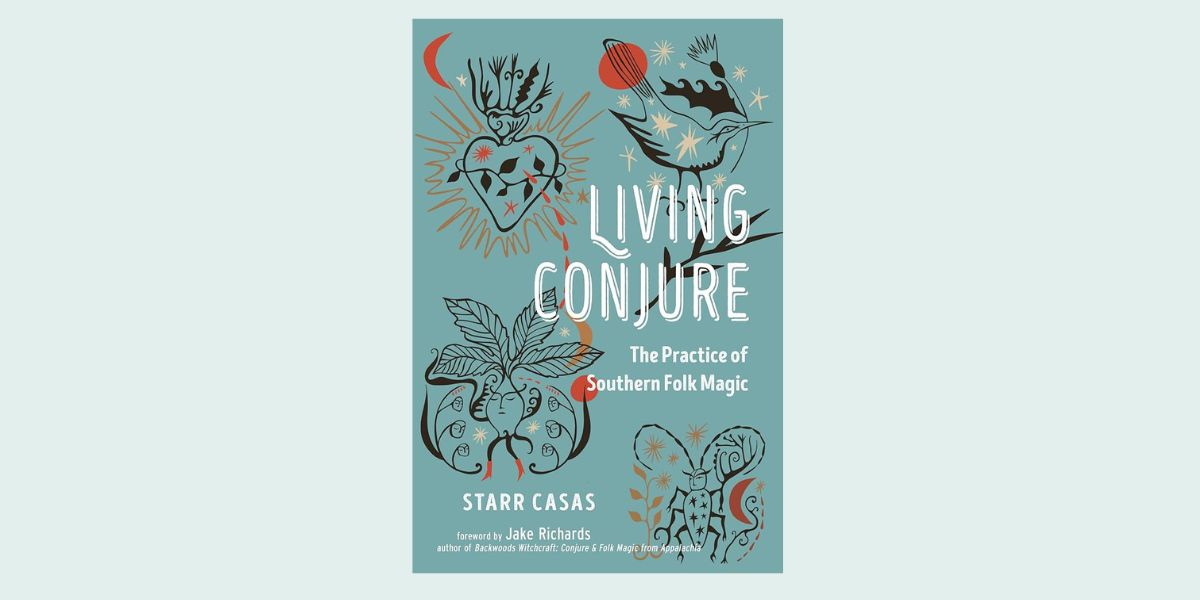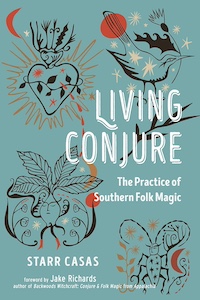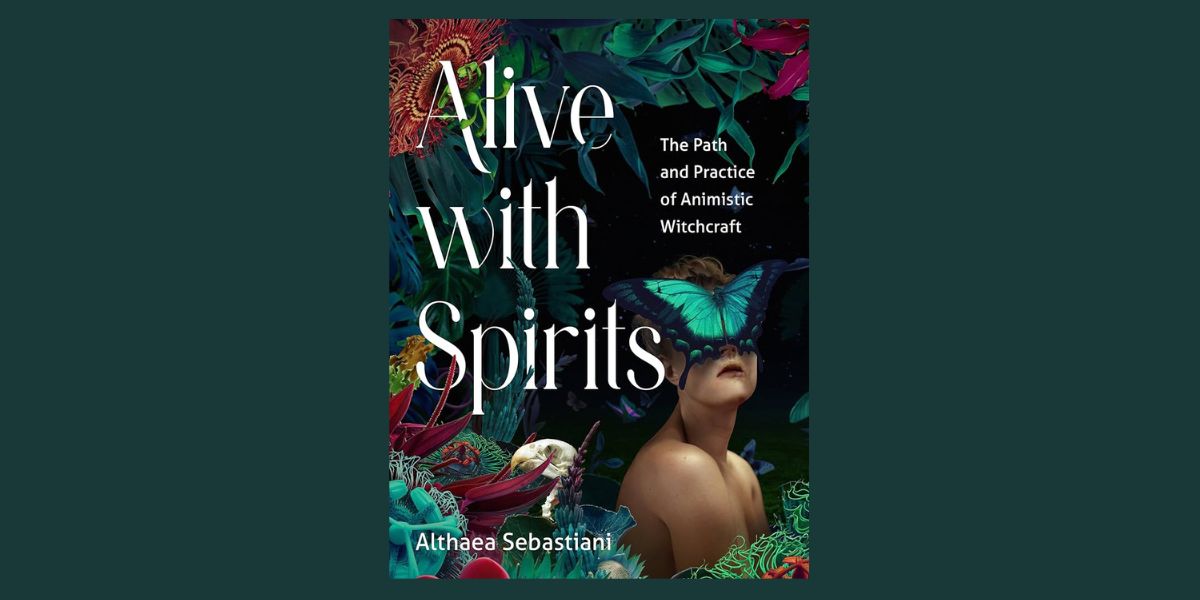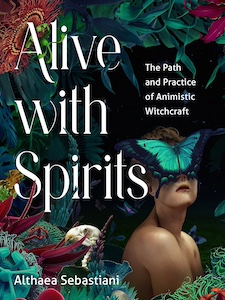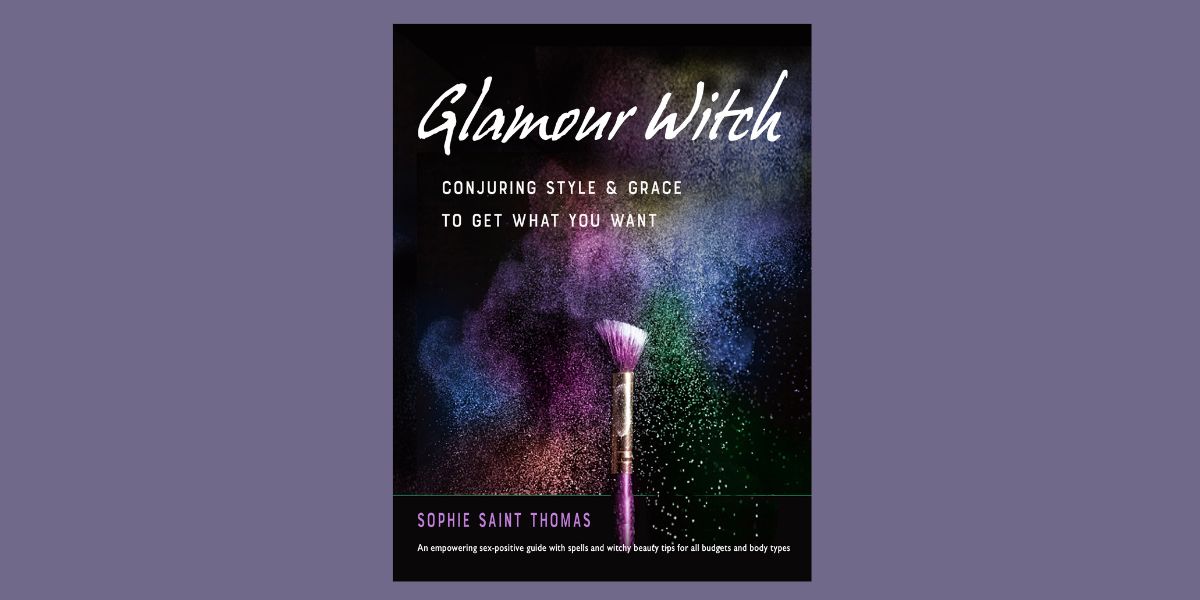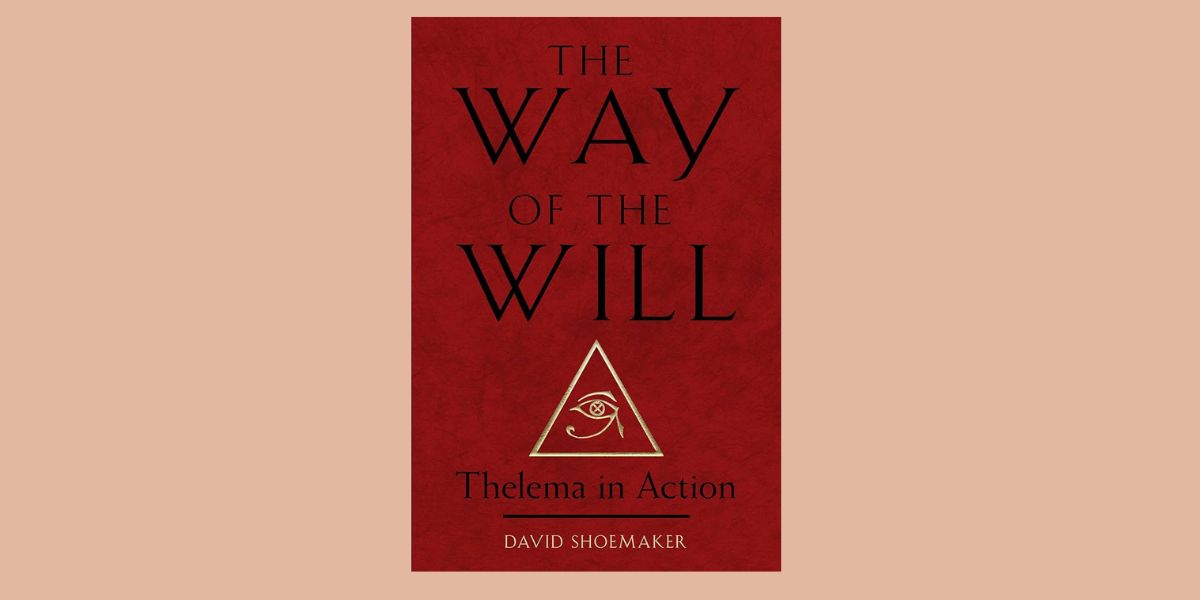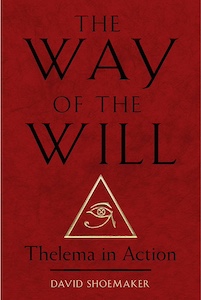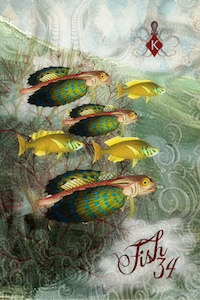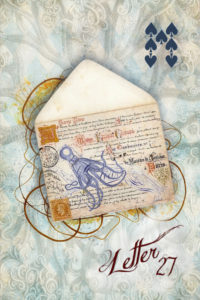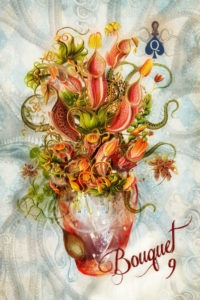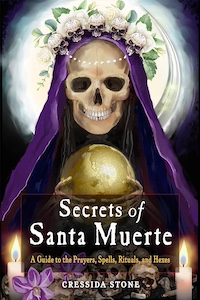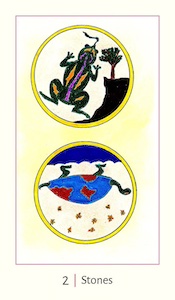
The Oracle of Awakening, by Lalania Simone
Weiser Books, 9781578638628, 112 pages, 44 cards, October 2024
In stunning The Oracle of the Awakening, the creator Lalania Simone has gifted the world with her guidance, her art, and her magic. From the first time you look at the box cover and its purple foil accents, you know that something special is inside.
Lalania Simone is an indigenous artist, metalsmith, author and creator of tarot and oracle decks. She has written a book called Urban Soul Warrior: Self-mastery in the Midst of the Metropolis and created two tarot decks. She currently runs a spiritual boutique called Alchemy Ritual Goods. In this shop she and her partner provide acupuncture/herbs, traditional spiritual healing practices, Usui Reiki, and several types of divination. Simone also creates custom jewelry pieces. You can learn more about Simone on her website.
The guidebook features an introduction which shares:
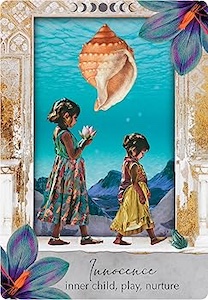
“The Oracle of awakening was created with the intention of bringing the energy of unconditional love to each person who works with these cards.”1
Simone features a combination of digital art and collage “filled with high-frequency energy and intention.”2 She shares a simple section on using the cards and two spreads. I really liked the spread called “Inner Alignment.” With four cards, you can get clarity around these key questions:
- What do you need to balance?
- What do you need to accept?
- What do you need to release?
- Message advice from spirit.
The guidebook is printed in black and white with a thumbnail and two to three pages of guidance for each card. Simone includes a one sentence summary of the overall message of the card, key words, and then shares guidance. Some cards include a clearing exercise, while others feature a practice or meditation that compliments the guidance. She also shares an affirmation for many of the cards.

The cards and guidebook are encased in a sturdy box with purple metallic stamping for the type and a beautiful, lacy dragonfly. The cards are a nice weight for shuffling and are a standard oracle deck size at 4 X 5.5”. The colors of the cards are designed with vibrant jewel tones and purple metallic edges.
A variety of plants, people, animals, and symbols fill the cards from Simone’s rich heritage. In addition to her mother’s Mexican history and her father’s Puerto Rican roots, Simone can trace her family back to fifteen different regions of the globe.
To test the deck, I pulled cards for myself each day for three days. It was amazing how the guidance from the guidebook spoke to me. Also, the images on the photos evoked memories or feelings from my past and gave me a way to peel back the layers of feelings and receive healing.
For example, the first day, I pulled the card “Download.” The woman featured on the card really spoke to me, reminding me of my younger self. The guidance reminded me that the Universe is always guiding me, sending me signs and messages. Lately, I’ve become a little jaded and perhaps not as open to guidance from my own team. This card was the wake up call I needed!

Next, I shared the deck with my friends at my Coffee & Cards group. One friend pulled the “Fierce-Stand in Your Power” card and said right away that it really resonated with her. “This card for whatever reason has reminded and rekindled the fierce side of me that I can tap into!”
Another friend drew the “Clearing” card, which suggested taking time to “purify, refresh and fortify.” She shared: “Perfect guidance for the situation I had in mind when I chose the card. Sometimes we need to be reminded to clear negativity instead of feeding it. Was just the validation that I needed.”
And a third friend pulled the card entitled “Gentleness,” which featured the key words “compassion, kindness and soft.” Not only did she love the message she received, but she had this to say about the deck:
“I feel this deck is not only a perfect fit for those who are initially awakening to their intuitive abilities, but also for those who are attuning and integrating the expansion of their intuitive abilities. These cards are so beautiful and are energetically radiant with a centered calm for the inner turmoil and chaos.”
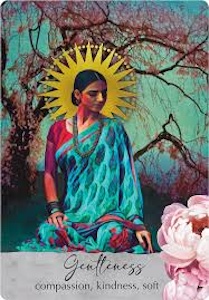
I agree totally with my friend on that note! As you glance through the deck, you see beautiful images, including flowers, exotic animals, and unusual fruit or plants, not to mention the strong women from many different cultures. Each image evokes a memory or a desire to learn more about the symbol or feeling that floats in.
The Oracle of Awakening would be great for anyone who loves and uses an oracle deck for daily divination. The warm, bright colors are so beautiful and life affirming. The symbolism is rich and multi-layered. I plan to keep this deck on hand to use as a way to close readings that I do for clients. I’ll also put it in my bag for my Friday group, due to the great response from my friends.

PJ Spur is an author, intuitive, spiritual mentor, astrologer, and hypnotist. She does tarot & oracle card readings, natal chart readings, grief coaching, and relationship healing. She also has hosted a weekly “Coffee & Cards” event with her Soul Compass Community for the past four years. Her book Navigating Grief with Grace is available on Amazon. Learn more at www.dearpj.com


